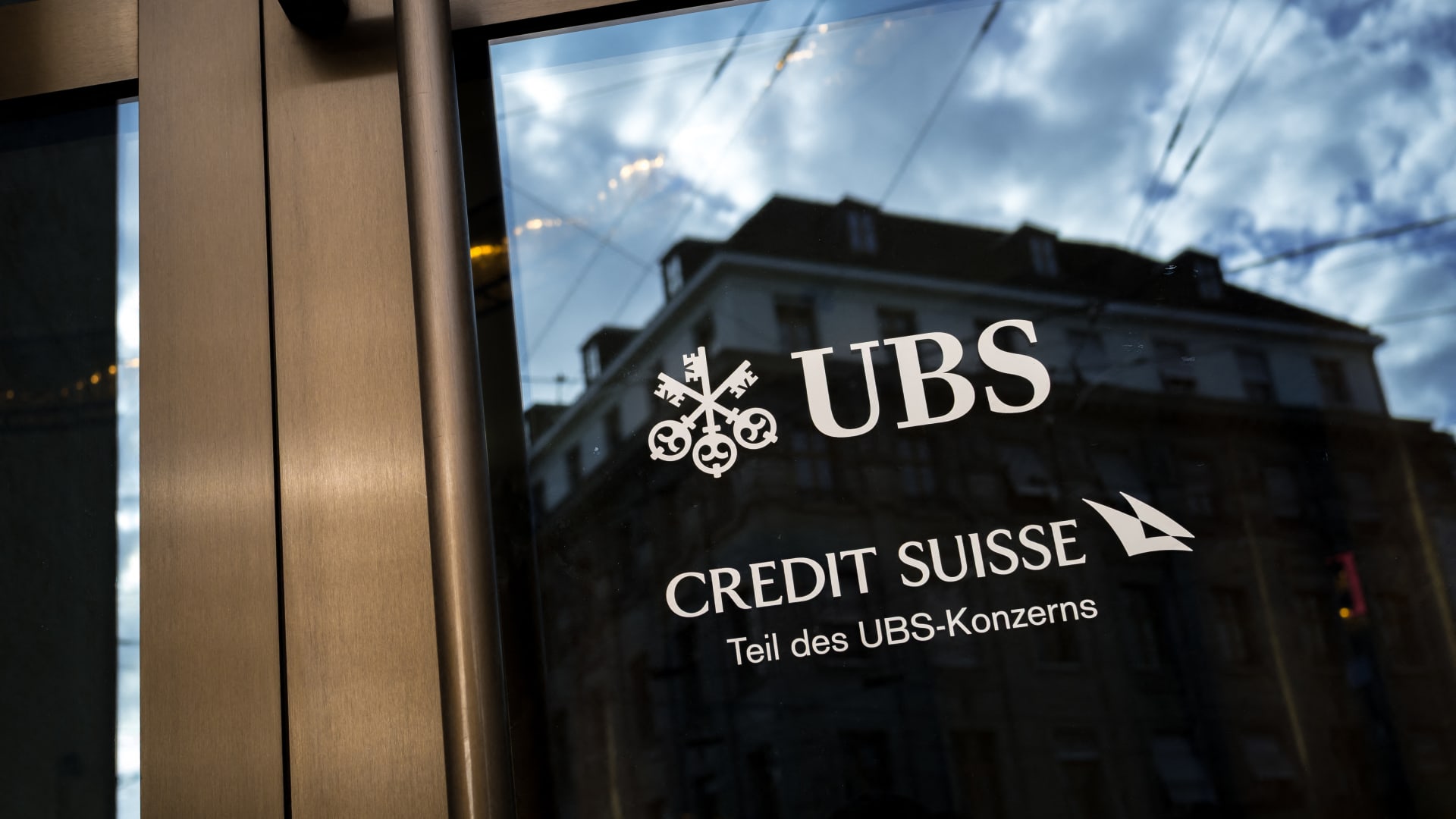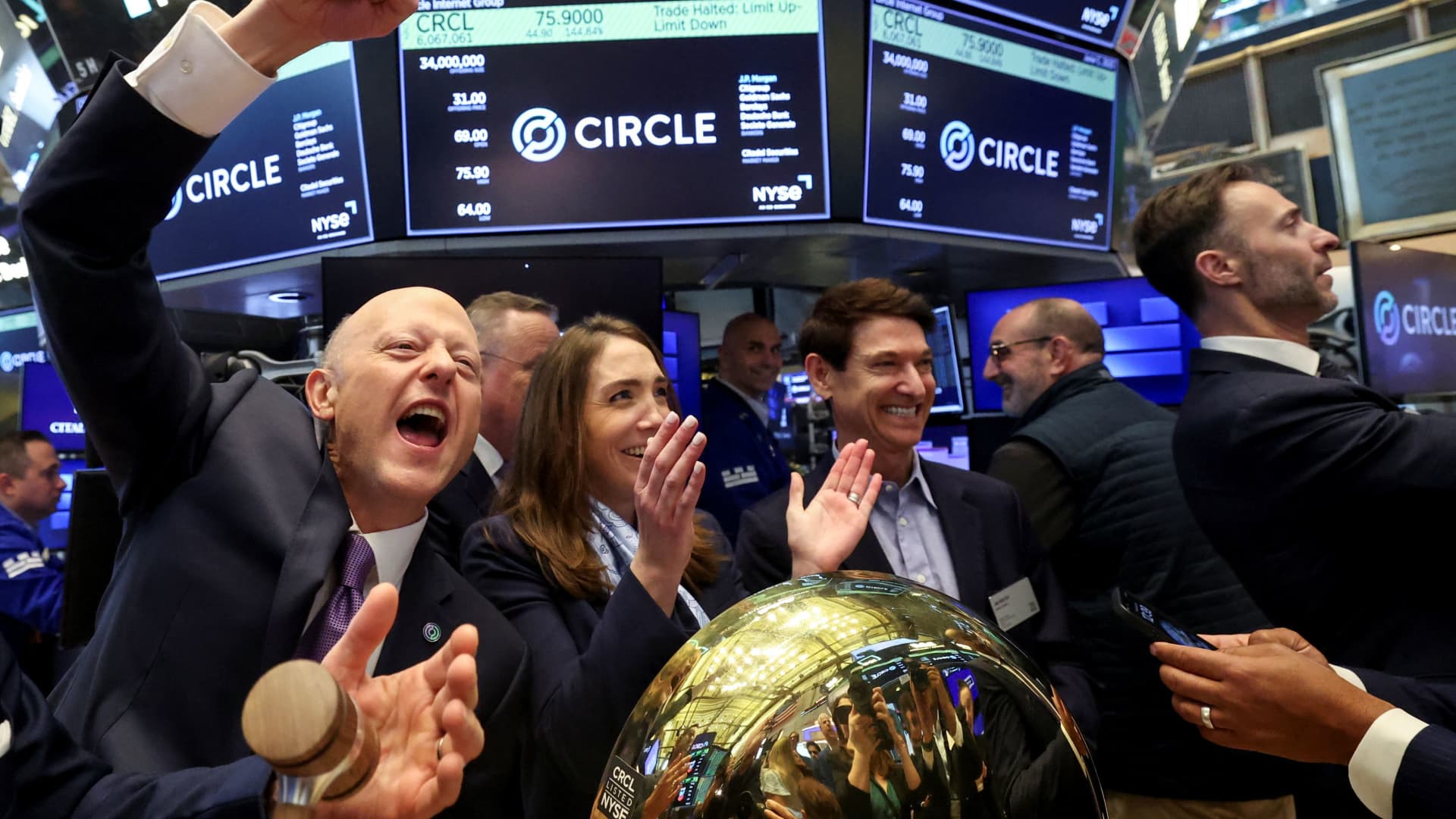Approximately 22% of respondents to an Edelman Financial Engines survey mentioned their goal to buy a car in 2024. (iStock)
Americans are itching to buy new cars this year after a particularly difficult few years of record-high prices. About 22% of respondents to an Edelman Financial Engines survey said they were aiming to buy a new car in 2024.
This was just one goal survey respondents talked about most. The most prominent goal respondents wanted to achieve was saving for emergencies. More than half of those surveyed wanted to build or grow their emergency funds over the next year.
Similarly, Americans want to grow their overall wealth and save for their future. Nearly 47% of respondents wanted to grow their wealth while 42% wanted to increase their retirement savings.
Despite these lofty goals, many Americans understand that reaching them is difficult. That’s why 48% of Americans think they need help from a financial professional in order to accomplish their goals, according to the Edelman Financial study.
Comparing multiple insurance quotes frequently can potentially save you hundreds of dollars per year. It’s so easy to get a free quote in minutes through Credible’s partners here.
MANY DRIVERS ARE SPENDING OVER 30% OF THEIR MONTHLY INCOME ON AUTO LOANS, CAR INSURANCE COSTS ALSO RISING
2024 looks like a buyers’ market for new cars
Good news is on the horizon for those considering buying a car this year. New inventory has increased by 36% year-over-year, according to data from Cars.com.
These inventory levels are closer to levels in February 2021 before shortages due to the pandemic started to affect dealerships and buyers. At the same time, search traffic on Cars.com is down for new cars, potentially helping buyers secure a better deal as dealers scramble to sell their inventory.
“2024 is probably the best year since the pandemic to buy a new car,” said Mark Schirmer, director of industry insights at Cox Automotive. “2021 and 2022 were really difficult years. Dealers are talking about discounts again…this was not happening 18 months ago. The shelves are full and there are more selections now.”
Car prices are also down slightly. The average price of newly listed cars on Cars.com was just over $49,000 in January, which is down from August 2023’s high of $50,253. Cars.com has seen a 137% increase in dealers’ EV inventory since last year. Their EV listings stay on the lot for 87 days on average, making it possible for buyers to score good deals.
Make certain you’re not overpaying for car insurance. With Credible, you can compare rates and lenders with the click of a button.
NEW CAR PURCHASES ARE ON THE RISE, BUT THERE ARE INSURANCE IMPLICATIONS
Auto insurance rates still stretching Americans’ wallets
Car prices may be coming down in 2024, but auto insurance rates are still trending up. The motor vehicle insurance index increased by 1.4% in January, according to the Bureau of Labor Statistics. Over the last year, the index increased by 20.6%.
One of the biggest insurance companies in the country, State Farm, has raised auto rates in California by 21%, the San Francisco Standard reported. These increases are likely to affect five million Californians. Initially, the company wanted to raise rates by 24.6% due to increased claims from more frequent wildfires and high construction costs.
“Carriers are playing catch-up to rate — which everyone hates,” said Karl Susman, president of the Susman Insurance Agency in Los Angeles. “I hate it too. I don’t like getting clients calling about rates going up 20, 30, 40%.”
Allstate also plans to raise its rates throughout the country, reported Insurance Business Magazine. The company plans to raise rates by 30% in California, 14.6% in New York and 20% in New Jersey. These rate hikes are expected to increase premiums by roughly $1 billion in total across the three states.
Your specific car insurance rate will vary based on several factors, including your credit, driving habits and the insurance company. Use a tool like Credible to shop around and lower your car insurance premium today.
CAR INSURANCE COSTS WILL CONTINUE TO INCREASE IN 2024: STUDY
Have a finance-related question, but don’t know who to ask? Email The Credible Money Expert at [email protected] and your question might be answered by Credible in our Money Expert column.

 Blog Post6 days ago
Blog Post6 days ago
 Accounting1 week ago
Accounting1 week ago
 Economics1 week ago
Economics1 week ago
 Personal Finance1 week ago
Personal Finance1 week ago
 Economics1 week ago
Economics1 week ago
 Personal Finance1 week ago
Personal Finance1 week ago
 Accounting1 week ago
Accounting1 week ago
 Finance1 week ago
Finance1 week ago










